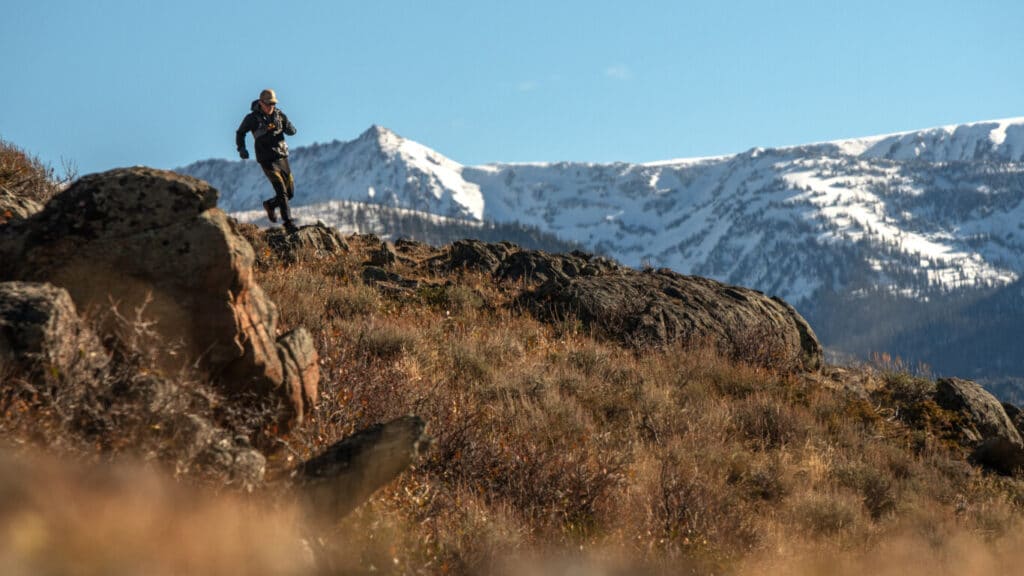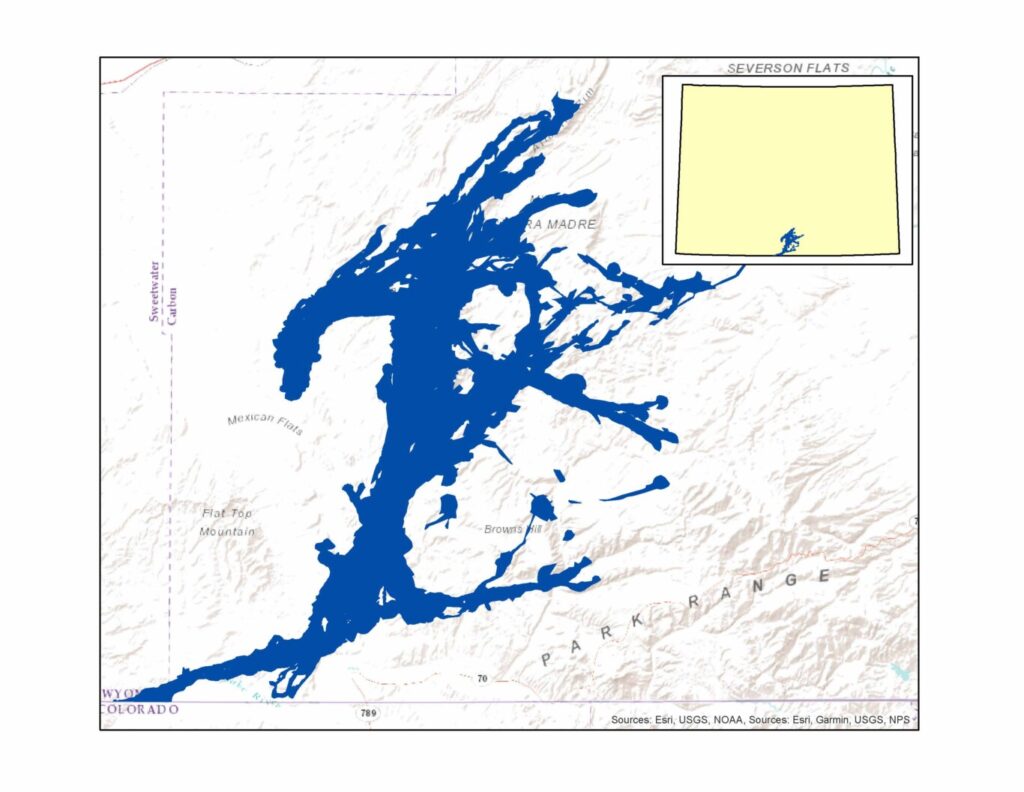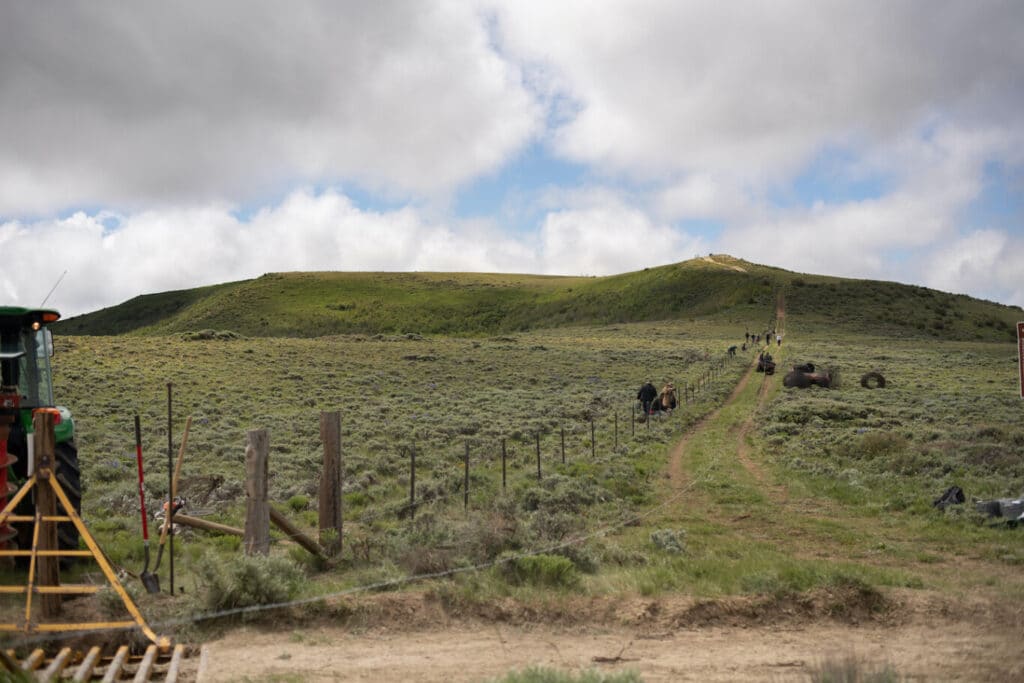The Baggs Mule Deer Migration Corridor Working Group finalized recommendations that will be sent to Governor Mark Gordon and all relevant agencies. The Baggs migration corridor will remain designated, the boundaries remain intact, and various conservation opportunities were recommended to ensure a lasting and permeable corridor.
In attendance at all meetings, WWF staff are excited for the future of this productive mule deer herd in southern Wyoming. Stay tuned for more information about specific outcomes from the working group.
Over 3,000 Wyoming hunters flocked to the Baggs area from October 1st to the 14th to pursue mule deer in 2020. For a town that hardly has one-tenth that population, hunters provide a major economic boost to the area.
The Baggs mule deer herd is one of the few near the goal herd size in Wyoming, largely thanks to the high-quality deer habitat from the valley floor to the mountain tops of the Sierra Madres and Zirkel Mountains in Colorado.
Collar data from mule deer in this area show yearly migrations over 90 miles, says Pat Rodgers, a researcher for the Wyoming Migration Initiative. Pat’s research has unveiled a lot of the habits of mule deer and how different genders use the landscape under various conditions. Inspired by what he found in his research, Pat even ran the path of a collared mule deer that was captured in a film called 92-Miles, named for the distance he covered along the migratory route.
Whatsmore, with the sudden loss of his father to cancer in the middle of his research, Patrick Rodgers was stripped of the person who taught him how to appreciate our public lands. He continues his father’s legacy while running through one of Wyoming’s longest migration corridors for mule deer and comes to solace with nature.

“The Baggs Migration Map looks a lot like a river delta,” Pat says. These deer concentrate on the quality winter range habitat near the towns of Savery and Baggs before fanning out into the mountain ranges to the east and south during the spring and summer. The habitat includes vast expanses of aspens, Wyoming sagebrush, antelope bitterbrush, serviceberry, mountain mahogany, and Gambel oak brush. These intact ecosystems are the lifeblood of this highly productive mule deer population.

It does not take much to alter the availability of this habitat, however. Research from the Monteith Shop shows deer using less of the quality habitat that exists when development, like an oil pad or windmill, enters the landscape. Extreme weather patterns that are expected into the future can also alter the landscapes that are most crucial to the deer population.
There are a myriad of challenges each migrating deer faces to reach the winter range, as well. Road systems, development, poor fence structures, and other natural factors like disease and weather all make this journey incredibly hard on these animals.

The future of the Baggs mule deer herd lies in the hands of land managers, both public and private. Involvement in public lands management with the revision of plans, like the Rock Springs Resource Management Plan, or voicing concerns with Migration Corridor Working Group public processes are just a handful of ways hunters, wildlife watchers, and members of the local community can be part of ensuring a healthy future for the mule deer who call the Baggs winter range home.
The members of the Baggs Mule Deer Migration Corridor working group met twice, with WWF members in attendance at both Baggs meetings.
These public meetings finished June 24, 2021. Find more information at the Baggs Migration Working Group web page.
